This text is part of an extended series of articles on Holiday homes - why and what to build your holiday home from and analyses the advantages and disadvantages of the construction systems commonly used in the construction of such buildings.
Prefabricated structures are among the building systems most often considered for the construction of holiday homes and are increasingly used in Romania.
This type of construction involves the manufacture of building elements in a specialised factory and their subsequent assembly on site. In recent years more and more people are choosing to experiment with this type of construction because of the many advantages it offers.
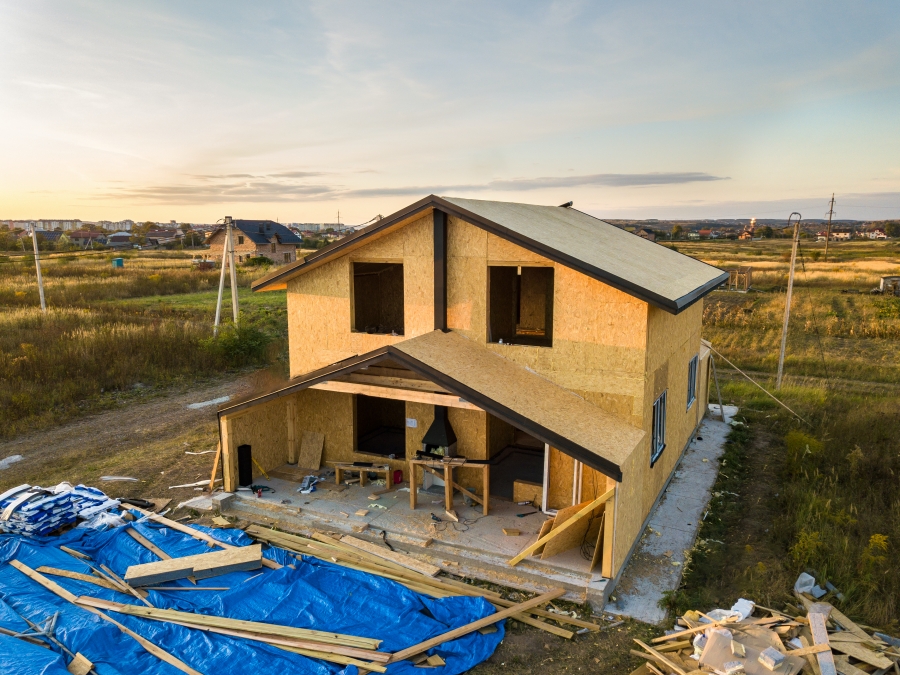
Types of prefabricated houses
The houses are built to a standard design and offer a greater or lesser degree of customisation by the beneficiary, depending on the type of house.
There are 3 types of prefabricated houses:
- modular houses - houses that are made entirely in the factory from several modules and then assembled on site
- house kits - are much simpler houses than prefabricated houses and can usually be assembled by the beneficiaries - similar to IKEA furniture
- Prefabricated panel houses - involve the construction of wall and floor elements in the factory, followed by their installation on the ground on an existing foundation.
Advantages of prefabricated houses
1. Lower costs
This advantage is probably the most significant and the main reason for opting for this type of construction, especially for holiday homes. Because they are made in the factory and then just assembled on site, the possibility of extra costs is greatly reduced.
2. Short turnaround time
Because all construction elements are prefabricated in-house, the actual time spent on site and on the construction site is considerably reduced, with only the assembly and finishing of the elements required. This advantage can be very important, especially when building a holiday home.
3. Safety of construction quality and materials
Because the modules are made in the factory, so in a controlled environment, free from the usual weather conditions, the quality of the materials and their workmanship is guaranteed.
4. A cleaner site
Waste and dust from traditional construction sites is a problem and brings additional costs that need to be taken into account. In the case of prefabricated houses, the time spent on site and the resulting waste are significantly less, resulting in a positive environmental impact.
5. Thermal efficiency ensured
Since prefabricated elements, such as structural walls or floors, are factory-made, they are made of materials that provide both thermal and sound insulation, and no additional materials are needed other than those used for finishing.
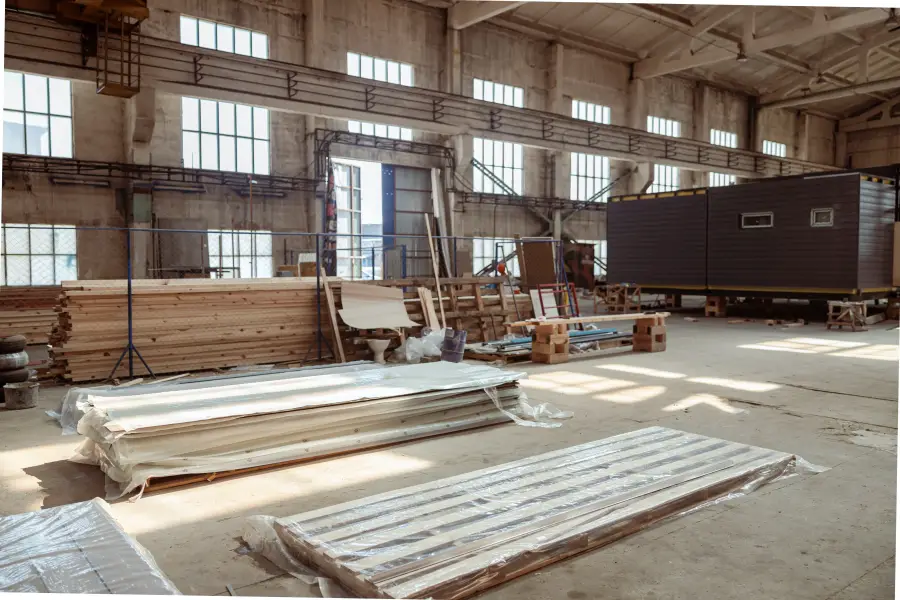
Disadvantages of prefabricated houses
1.Need for easy road access
Erecting prefabricated houses on site involves transporting prefabricated elements from the factory to the destination. This transport is often of a large size, as the elements themselves are of considerable dimensions, especially in the case of modular houses. Therefore, the area chosen for construction needs a good road access - a very important thing to consider when choosing the right place for your holiday home.
2.Assembly machinery
In addition to the large-scale transport, the actual assembly of the prefabricated elements requires the use of considerable machinery, especially for multi-storey houses. This, of course, means additional costs which need to be taken into account and discussed with the prefabricated house manufacturer at the outset. Some companies only provide transport from the factory, which means that the beneficiary is solely responsible for assembly, but there are companies which produce the elements in the factory and assemble them on site.
3. Foundations
Even if the main structural elements are made in the factory, they are assembled on site on a pre-made reinforced concrete foundation. Thus, the construction of foundations must be considered from the outset because it involves a structural design and various topographical and geological studies. Some prefabricated house manufacturers also offer designs for the foundation, so all the details need to be established at the outset.
4. More limited design possibilities
In contrast to traditional houses, prefabricated houses and, in particular, modular houses and house kits are built according to standard designs, i.e. the interior partitioning and exterior appearance are already planned. It's a way of keeping their price as low as possible. Therefore, there is not much scope for changing designs. This can be done, it just turns into extra costs for the design and execution of the new design. The more different they are, the higher the prices of modular houses are and they may not be as advantageous.
These are among the most important advantages and disadvantages to consider when thinking about prefabricated houses. Each of them has a lesser or greater weight in the final project depending on the type of house you choose and must be weighed accurately before making a decision.
If you have any other ideas feel free to leave them in the comments.


















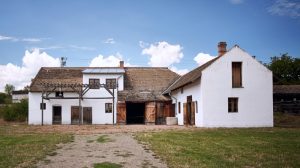
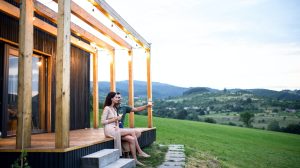
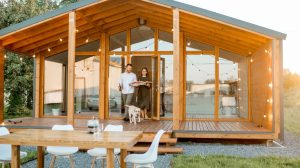
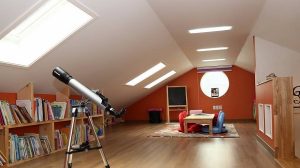
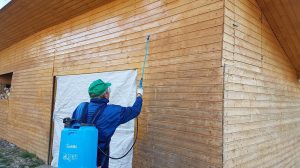

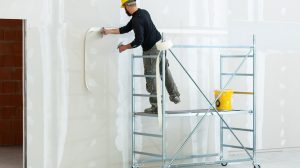
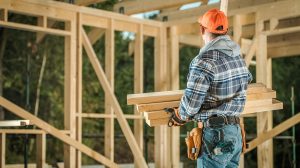

Add comment